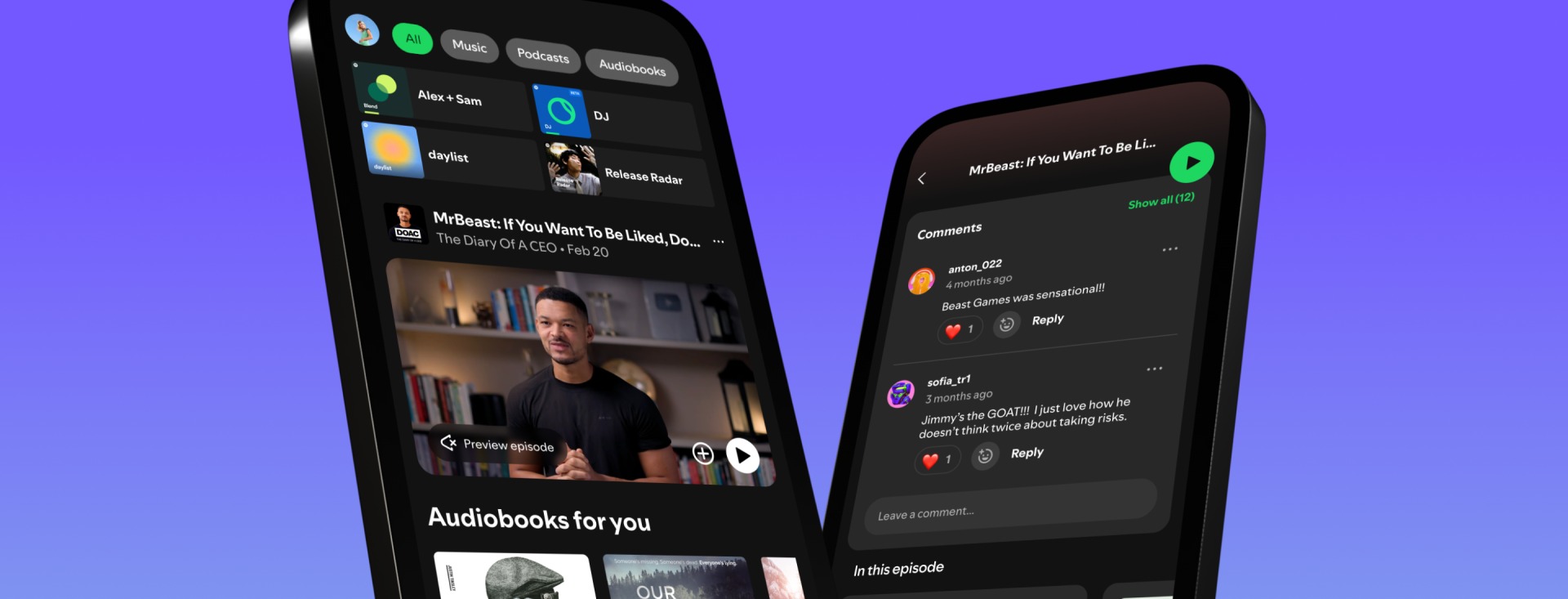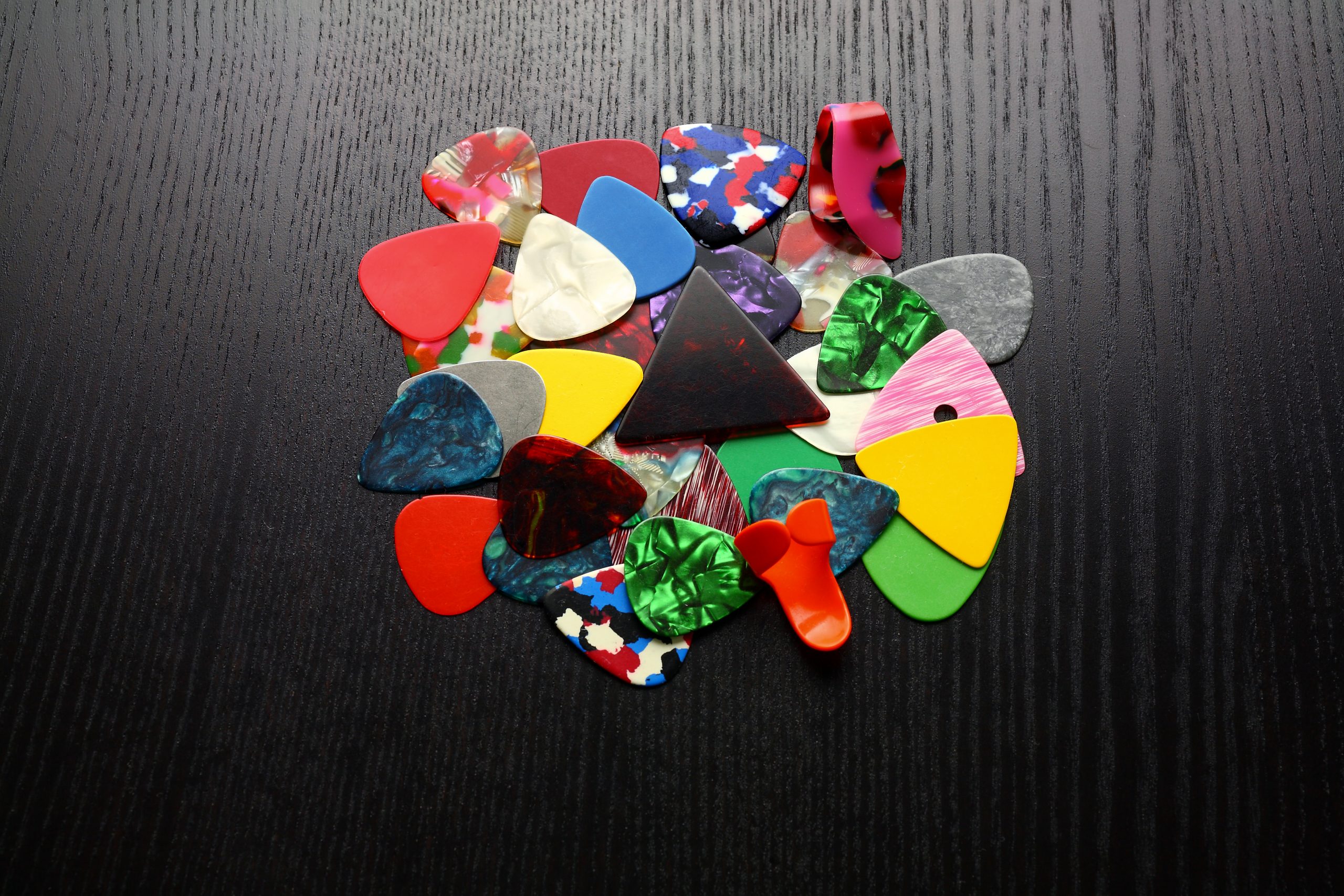Your podcast discovery just got as smart as your music recommendations. Spotify’s latest update brings podcast suggestions directly to your Home feed, placed just below your shortcuts so you can’t miss them. After years of treating podcasts like the forgotten stepchild in streaming’s family drama, the platform is finally giving audio storytelling the same algorithmic love as your Daily Mix—part of a broader push that also includes the recently unveiled Music Pro subscription.
The timing isn’t coincidental—it’s strategic warfare in audio’s attention economy. YouTube currently dominates U.S. podcast consumption, with one-third of weekly listeners preferring Google’s video-first platform over Spotify or Apple. While YouTube throws money at creators like a tech bro at Coachella VIP, Spotify’s betting on superior discovery mechanics rather than exclusive content deals. Smart move, considering how well those worked out for Quibi.
The Following feed addresses one of podcasting’s most annoying friction points—hunting for new episodes like you’re scrolling through a friend’s chaotic camera roll looking for that one specific meme. Your subscriptions now live in one dedicated space, accessible through the Podcasts button at the top of your screen. No more playing digital hide-and-seek with your true crime obsession.
What makes these updates particularly clever is how they encourage seamless cross-format discovery. Spotify’s new “In this episode” feature allows creators to directly link songs, audiobooks, and playlists mentioned in their shows. So when your favorite podcast drops a rare B-side or recommends a hidden gem, you can instantly save it without breaking the vibe—perfect for building out your party playlist essentials from the ’70s.
The engagement tools might be even more significant for podcast culture. Early data shows that listeners who interact through comments or reactions consume twice as many episodes. Creators maintain control through threaded replies and emoji reactions, with full moderation capabilities through their Spotify for Creators account. This creates the community dynamics that have made platforms like Discord essential for music fandoms.
Your podcast habits are about to change, whether you realize it or not. Spotify reports early feedback showing increased engagement, saving, and liking behavior since the rollout began. When discovery becomes effortless and following becomes organized, consumption naturally increases—basic behavioral psychology that streaming platforms have been perfecting since the iPod era.
The broader implications extend beyond convenience features. These updates position Spotify as the platform where podcast discovery works like music discovery—algorithmic, personalized, and seamlessly integrated with your broader listening identity. That’s exactly what the format needs to compete with YouTube’s visual dominance and Apple’s established user base.
Discovery has always been podcasting’s greatest challenge and biggest opportunity. Spotify just made finding your next obsession feel as natural as stumbling across your new favorite song. Your queue is about to get much more interesting.


























